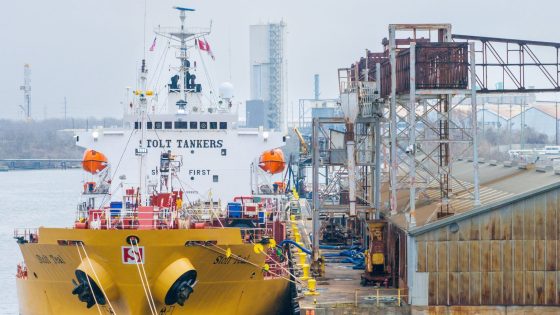On February 11, 2025, President Donald Trump announced a 25% tariff on steel and aluminum imports into the united states. This decision is part of an ongoing strategy to protect domestic industries from foreign competition, particularly in light of rising import levels that have raised concerns among U.S. manufacturers.
- Trump imposes 25% tariffs on imports
- Affects steel and aluminum industries
- Multiple news outlets report the tariffs
- Part of ongoing trade war strategy
- Financial implications for US manufacturing sectors
The tariffs are expected to impact various sectors reliant on these metals, including construction and automotive manufacturing. The announcement has drawn mixed reactions from industry leaders and trade experts regarding its potential economic implications.
The new tariffs come as part of Trump’s broader trade policy aimed at prioritizing American jobs and reducing dependency on foreign materials. The administration argues that the measures will bolster local production by making imported metals more expensive, thus encouraging consumers and businesses to buy domestically produced goods.
Key details surrounding this announcement include:
- The tariffs apply specifically to steel and aluminum products imported into the U.S.
- This measure follows previous tariffs imposed during earlier phases of the trade war with several countries.
- Industry analysts predict potential price increases for consumers due to higher costs for manufacturers using these materials.
In response to this decision, some industry representatives have expressed concerns about retaliatory measures from trading partners. Countries affected may seek to impose their own tariffs on U.S. exports as a counteraction. This could lead to further escalation in trade tensions globally.
The long-term effects of these tariffs remain uncertain as stakeholders assess both immediate impacts on prices and broader implications for international relations in trade agreements.
This latest tariff announcement underscores ongoing efforts by the Trump administration to reshape U.S. trade policy while aiming for economic self-sufficiency in critical industries such as manufacturing and construction.

































